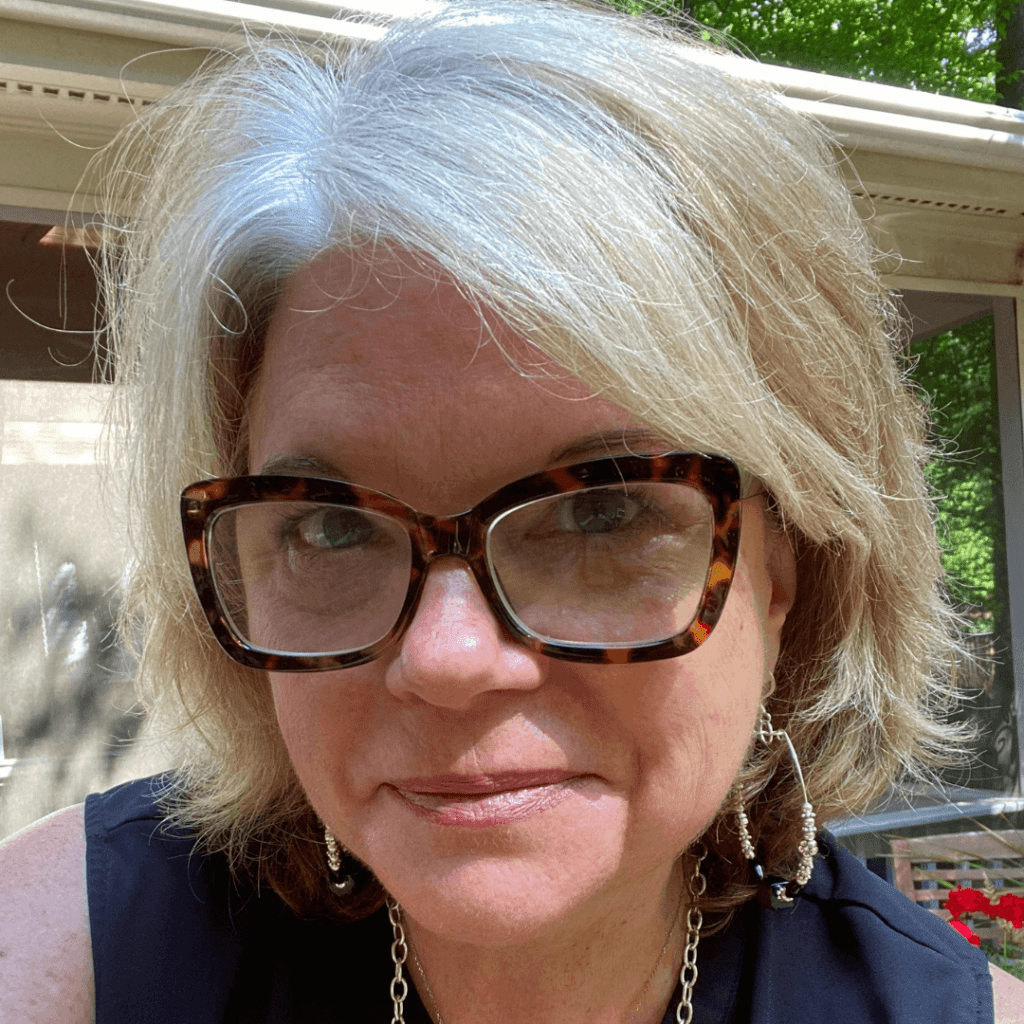Describe your life prior to diagnosis:
I knew something wasn’t quite right for most of my life. I struggled with intestinal upheaval and joint pain—frustrating but not debilitating. As a child, my mother took me to the doctor several times, but they couldn’t find anything. I was diagnosed with ulcers. Later, I was tested for arthritis and lupus, but all the tests were negative. I remember the day she said, “Well…looks like that’s just the way you are!”
How did you come to know (or suspect) that you have celiac disease?
In the spring of 2008, I broke out in a weird rash. I was 41. I went to my nurse practitioner, and she diagnosed it as acne and treated it accordingly. It was the itchiest thing ever! It burned and bled…disgusting. It got worse and worse and spread to every part of me but my face.
If you were diagnosed, who made the diagnosis?
I went to a dermatologist (who was no help) and then to an allergist. The allergist suggested it might be a gluten intolerance because the full allergy panel showed nothing. I then went to a second dermatologist who suspected celiac disease. The skin biopsy was deemed inconclusive, but she wanted me to try going gluten-free for two weeks, just to see how I responded. (Note: This is NOT recommended. Going gluten-free before getting tested may cause incorrect results. Please attempt to get tested for celiac disease before going gluten-free.)
It was like night and day. An immediate change! The itching eased, and my skin started to clear up. Strangely, my life-long intestinal woes improved as well!
How long did it take for you to get diagnosed since your first symptoms and what (if any) challenges did you face along the way?
From the start of the rash to diagnosis of celiac disease, it took just over a year. Then I went gluten-free and started life again!
However, my first symptoms appeared as early as I recall in early childhood. The dermatitis herpetiformis rash at 41 was the most miserable thing I’ve experienced physically, but it was a blessing in the sense that it finally led to the right diagnosis.
Do you believe anything could have sped up your diagnosis? If so, please explain:
If doctors in the 70s and 80s had known what celiac disease was, I might have had many more healthy years.
Describe your experience with living with celiac disease:
I can’t have any gluten at all. Even a tiny bit triggers gastrointestinal upheaval and an outbreak of the rash. I’ve tested it a couple of times over these last 12 years and learned quickly that yes, it’s still there!
My dermatologist described my body’s reaction as filling a bucket. My body went along for 41 years managing the gluten as best and as long as it could, but when the bucket was full, it was FULL. No more gluten could be tolerated. Ever.
I read labels and watch everything I eat. I have become a much better and more conscientious cook. We eat out only at a few trusted places. Traveling is very hard, but I know how to ask questions and explain my issues. I always have a bag of peanuts in my purse, just in case there’s nothing I can eat.
Is there anything else you’d like to add to your story?
The hardest part of my journey has been learning to advocate for myself and answer people’s questions and skepticism. I am not confrontational and I don’t like attention.
I am lucky that my husband and kids are so wonderful and helpful! Without that support, my journey would have been so much more challenging.
Oddly, I don’t miss gluten. I was so miserable in that painful, itchy, losing-my-sanity year that something in my brain snapped and I no longer crave the foods I cannot have. I am grateful for that!




